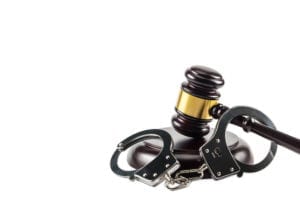
The Chief Justice held in relevant part as follows: This appeal raises issues about the process law enforcement officers must follow when they ask eyewitnesses to try to identify a suspect. Specifically, this appeal poses questions about the precise meaning and scope of Rule 3:11 as well as the proper remedies when State v. Delgado, 188 N.J. 48, 63 (2006), and the Rule are violated.
Today’s ruling addresses the following points: (1) it clarifies Rule 3:11 and emphasizes that law enforcement officers are to record identification procedures electronically, preferably by video, if feasible; (2) it requires officers to document their reasons for not recording an identification procedure electronically or preparing a contemporaneous, verbatim written account of the process; (3) it modifies State v. Henderson, 208 N.J. 208 (2011), and holds that defendants are entitled to a pretrial hearing on the admissibility of a witness’ identification when no electronic or contemporaneous, verbatim written recording of the identification procedure is prepared, even without evidence of suggestiveness on the part of law enforcement; and (4) it proposes a change to the model jury charge for use when Delgado and Rule 3:11 are not followed.
False identifications are the leading cause of wrongful conviction in cases of DNA exoneration. A major reason for this is that many people honestly, but mistakenly mis-identify suspects for a variety of reasons. An honest, but mistaken belief is difficult to expose through cross-examination because the witnesses’ demeanor does not betray them like it does in cases of uncertainty or intentional false testimony.